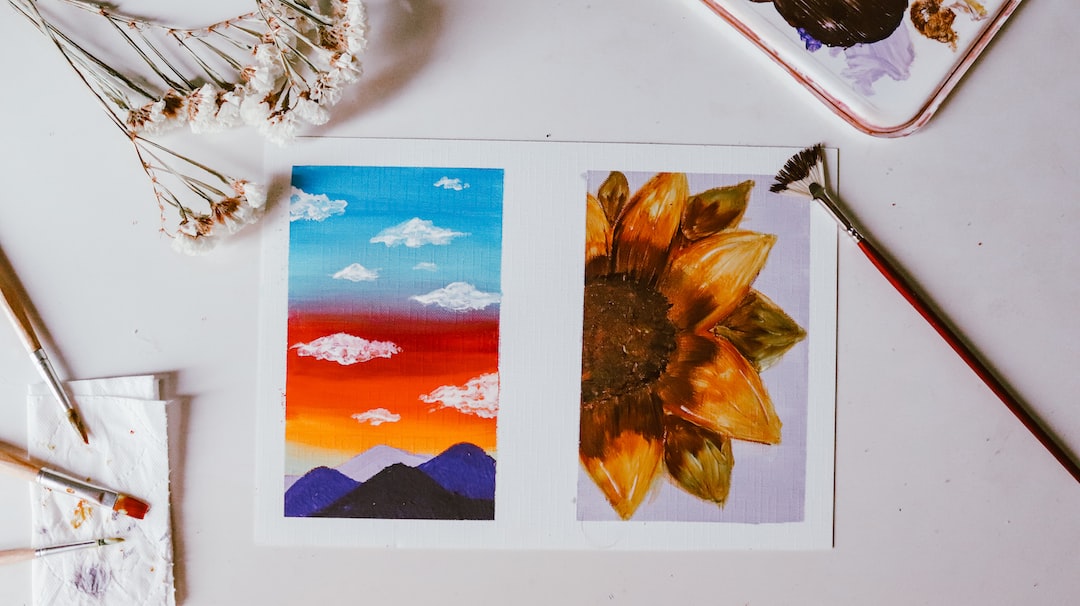Exploring the Impact of Street Art on Urban Aesthetics
Urban aesthetics have undergone a transformation in recent years, with street art emerging as a force to be reckoned with. No longer relegated to the dark corners of city streets, street art has found its place in the mainstream artistic landscape and has made a significant impact on the overall look and feel of cities worldwide.
Historically, cities have been known for their architectural marvels, towering skyscrapers, and grand monuments. While these feats of design and engineering are undoubtedly impressive, they often have a uniformity that can sometimes make cities seem sterile and uninspiring. This is where street art comes in; it disrupts the monotony and brings a touch of creativity and spontaneity to urban spaces.
One of the most notable impacts of street art on urban aesthetics is the vibrant burst of color it brings to otherwise drab and grey surroundings. Murals, graffiti, and stencils transform the sides of buildings, underpasses, and fences into dynamic and visually striking artworks. These bursts of color not only catch the eye but also create a sense of energy and liveliness in urban areas that can be otherwise lacking.
Moreover, street art has the power to engage and provoke viewers in a way that traditional art forms often do not. Many street artists utilize their work as a form of social commentary, shedding light on various issues impacting society. By engaging with these artistic expressions in public spaces, passersby are compelled to confront these issues, leading to much-needed discussions and debates. The art becomes a catalyst for social change, as it challenges preconceived notions, sparks empathy, and encourages action.
Street art also has the ability to rejuvenate neglected and forgotten urban spaces. Abandoned buildings, empty lots, and derelict walls are transformed into cultural destinations, drawing both locals and tourists alike. These once-ignored spaces become vibrant community hubs, attracting people to explore and experience areas they might otherwise not have visited. The art acts as a magnet, bringing life back to these spaces and injecting a sense of pride and ownership among the residents.
Furthermore, street art compels cities to embrace their local artistic communities and support their work. In recent years, cities have recognized the value of street art and have started to commission artists to create large-scale murals and installations. This trend has not only encouraged artistic expression but also contributed to the economic growth of urban areas. The art becomes an attraction, drawing visitors, creating jobs for local artists, and stimulating local businesses.
However, the impact of street art on urban aesthetics is not without controversy. Some argue that it can devolve into vandalism and graffiti, taking away from the beauty of urban spaces rather than enhancing them. There are debates surrounding the legality of street art, with some cities embracing it wholeheartedly, while others struggle to find the balance between creativity and regulation. Nevertheless, many argue that the inherent rebellious and transient nature of street art is what makes it so appealing and vital to urban aesthetics.
In conclusion, street art has revolutionized the way we perceive and interact with urban spaces. Its impact on urban aesthetics is undeniable, adding bursts of color, provoking thought, revitalizing neglected areas, and fostering a sense of community. While debates about its legality and potential pitfalls continue, it cannot be denied that street art has become an integral part of the urban landscape, changing the way we experience and appreciate cities around the world.

